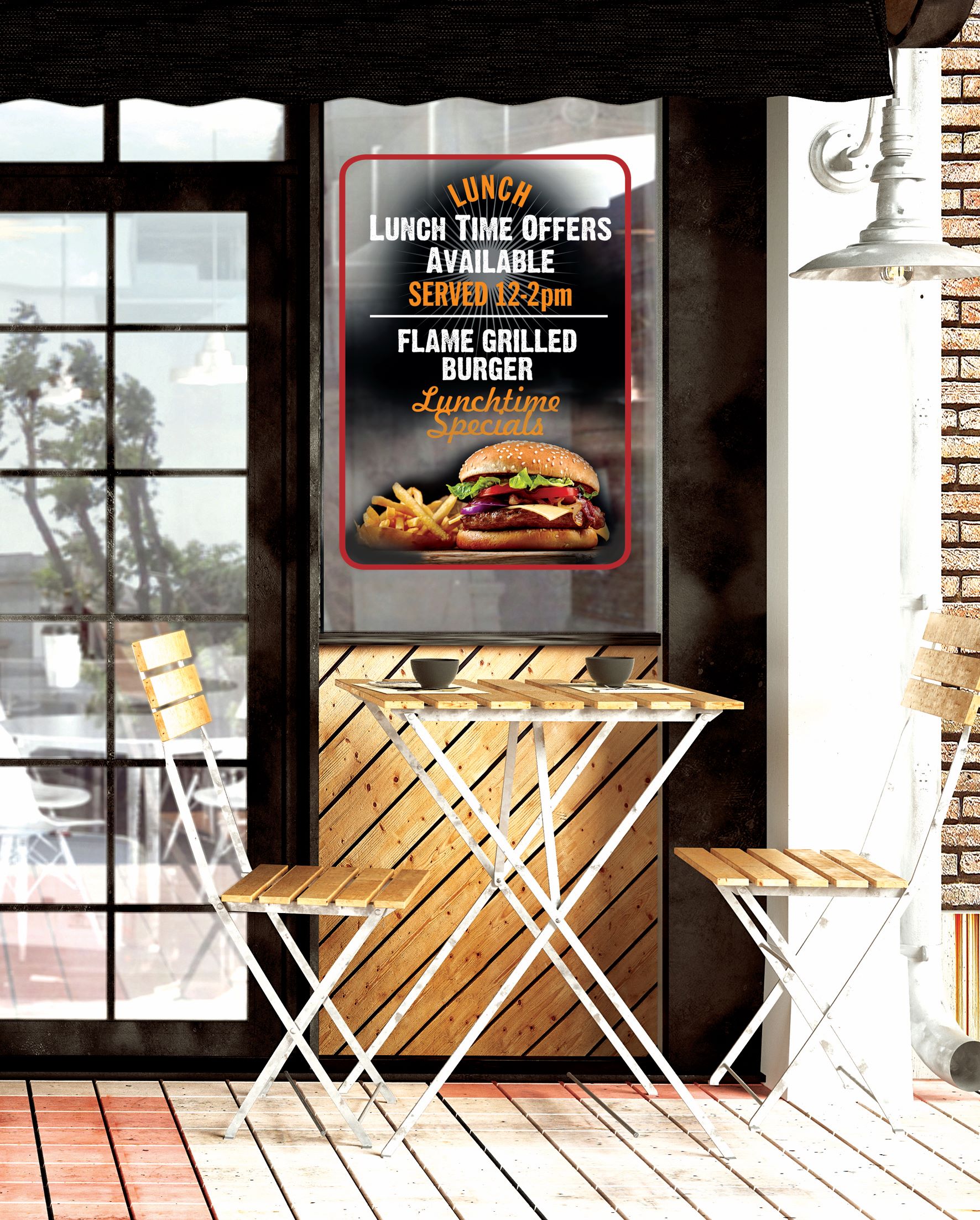Authored by Peter Bourgeois, Territory Sales Manager for Northwest US at Drytac
For some time now, wide-format static cling vinyl has been one of the go-to products for those companies producing short-term retail window graphics. Looking at the stand-out features and qualities of these materials, it is easy to see why.
First and foremost, static cling vinyl is pretty easy to work with; when a graphic is delivered to a store, it can be applied by shop workers with relatively minimal fuss and certainly without the help of an experienced installer.
Similarly, it is easy to remove and does not leave adhesive residue, while its ability to work in clear or white window POP applications, as well as two-sided push-pull signage, makes it a flexible material to work with.
However, while on the surface this sounds like the perfect material, there are some drawbacks to working with static cling vinyl. These include the film’s tendency to lift over time and create rather unsightly bubbles between the glass and vinyl, while changes in temperature or humidity can cause the media to release or fall off.
Furthermore, retailers must be aware of the static cling vinyl’s relatively short lifespan, with interior applications produced with this material only expected to last three months, while it only has a product shelf life of six months. Add in that the static cling vinyl is soft, and the adhesion is quite weak, meaning it cannot support the weight of a block out backer or multiple ink layers, this could cause issues for some applications.
Luckily for retailers, there are alternatives in the form of PVC adhesive films, with several options available from Drytac. The stand-out solution here is Drytac SpotOn, which can be supplied in white or clear vinyl for window graphics applications.
Immediately, what stands out about self-adhesive PVC-based materials is that they are just as easy to apply and remove as static cling vinyl but have better adhesion. Self-adhesive PVC films can handle added weight such as backers and larger panels, while they can also be applied to rougher surfaces such as counters, walls and displays, opening their use in a wider range of applications.
Another point in favour of PVC films is that they have a two-year shelf life - four times that of static cling vinyl – and may be seen as a longer-term solution. Drytac SpotOn PVC films can also be used for exterior work, with six-month adhesion qualities, while with indoor work, these materials can remain in place for up to three years – some way clear of the three months offered with static cling vinyl.
As for specific products within this range, Spot On Clear, when paired with Polar Blockout, or printed with multilayer white, can make stunning, two-sided images for glass, helping to maximise the impact of applications.
While static cling vinyl may have ruled the roost in the retail window graphic sector for some time, it may be time for those in this arena to switch things up and consider working with PVC films for a greater and longer lasting impact.
www.drytac.com







